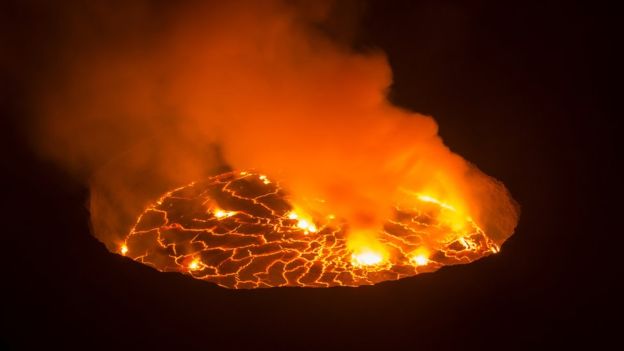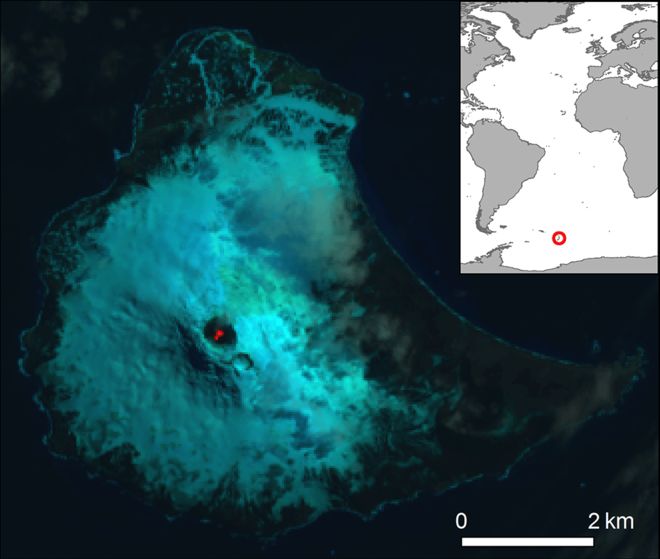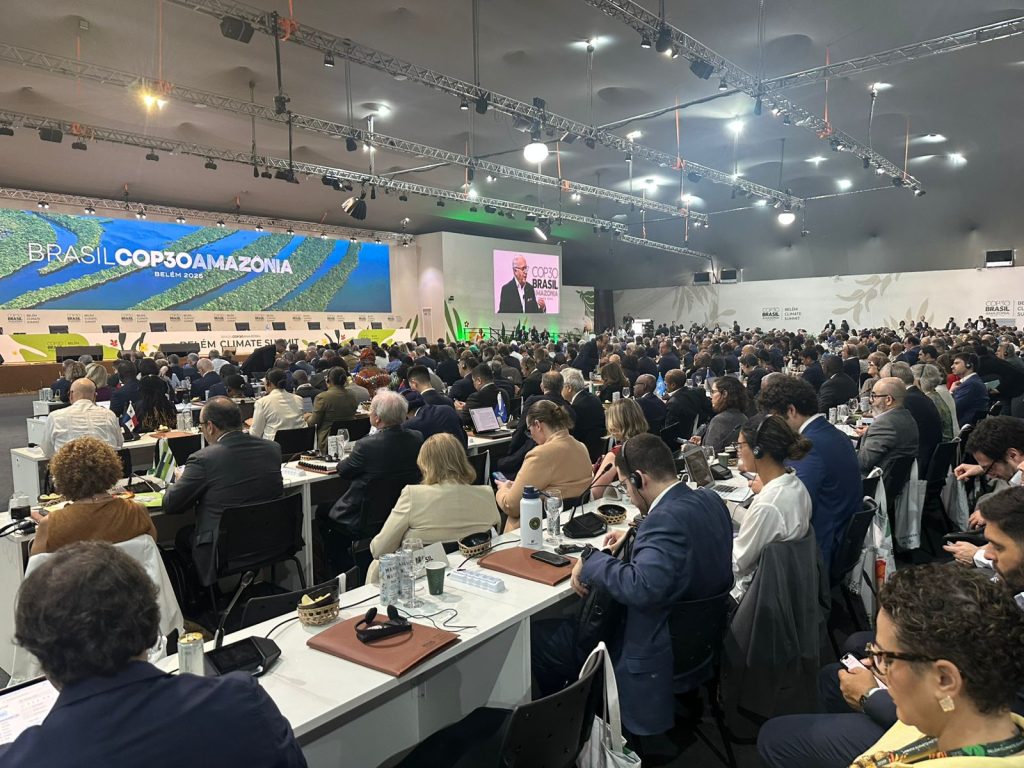Remote Mount Michael volcano hosts persistent lava lake
- Nature Khabar


Satellite pictures confirm there is a persistent lava lake inside the crater of a remote British Overseas Territory (BOT) volcano.
Few enduring lava lakes are known globally; the one at Mount Michael on Saunders Island in the South Atlantic may be only the eighth such example.
The 990m-high stratovolcano's setting makes it extremely difficult to climb.
Pictures taken from space are really therefore the only way of looking inside the opening at the summit.
Orbiting sensors from as far back as the 1990s have detected heat anomalies in the crater.
But it has taken the most modern satellites to resolve the crater floor, and to verify the presence of the lake.Scientists from University College London (UCL) and the British Antarctic Survey (BAS) assessed data from 2003 to 2018.
This information indicates a continuous molten lava feature that is between 90m and 215m wide, with a temperature of around 1,000C.

There are some 1,500 active volcanoes on the Earth's land surface but it is extremely rare for them to maintain a broiling liquid mass in their craters.
Saunders Island is part of the South Georgia and South Sandwich Islands British Overseas Territory.
"The island has been visited on numerous occasions, but no-one has ever climbed the mountain," commented Dr Peter Fretwell from BAS.
"If you look at the imagery you can see why: the peak is surrounded by a huge snow-mushroom, extremely soft snow with an icing sugar like consistency, probably caused by the continual venting of steam by the volcano.
"You cannot walk over this, you would have to dig through it, but taking the time to do this on such an active volcano would be dangerous," he told BBC News.
A key question is how Mount Michael is able to maintain the lake. Why doesn't it solidify from time to time?
BAS colleague Dr Alex Burton-Johnson said this had been a puzzle for a long time.
"Our understanding is that volcanoes emit two types of material: rock (in the form of lava, pumice, and volcanic ash) and what we call volatiles (hot gases, including water, carbon dioxide and sulphur dioxide). Hence the white clouds (the water) and the smell (the sulphur),' he told BBC News.

"Both of these are incredibly hot, transferring heat from the depths of the mantle. For most volcanoes, the rock outpourings result in lava flows, but for a lava lake to stay molten but not overflow, the flow of lava from depth must be low, and instead the majority of the expelled matter and the source of the heat must be from the gases.
"This implies that the lava beneath the volcano is very gas-rich."
This requirement for a constant flux of heat purely from the emitted gases might explain why a cloud of vapour emissions is seen always to be coming from the volcano, Dr Burton-Johnson said. This is something that has been noticed right back to the first recorded documentation of the island in 1820 by Russian explorer Fabian Gottlieb von Bellingshausen.
Source :BBC News




Feedback